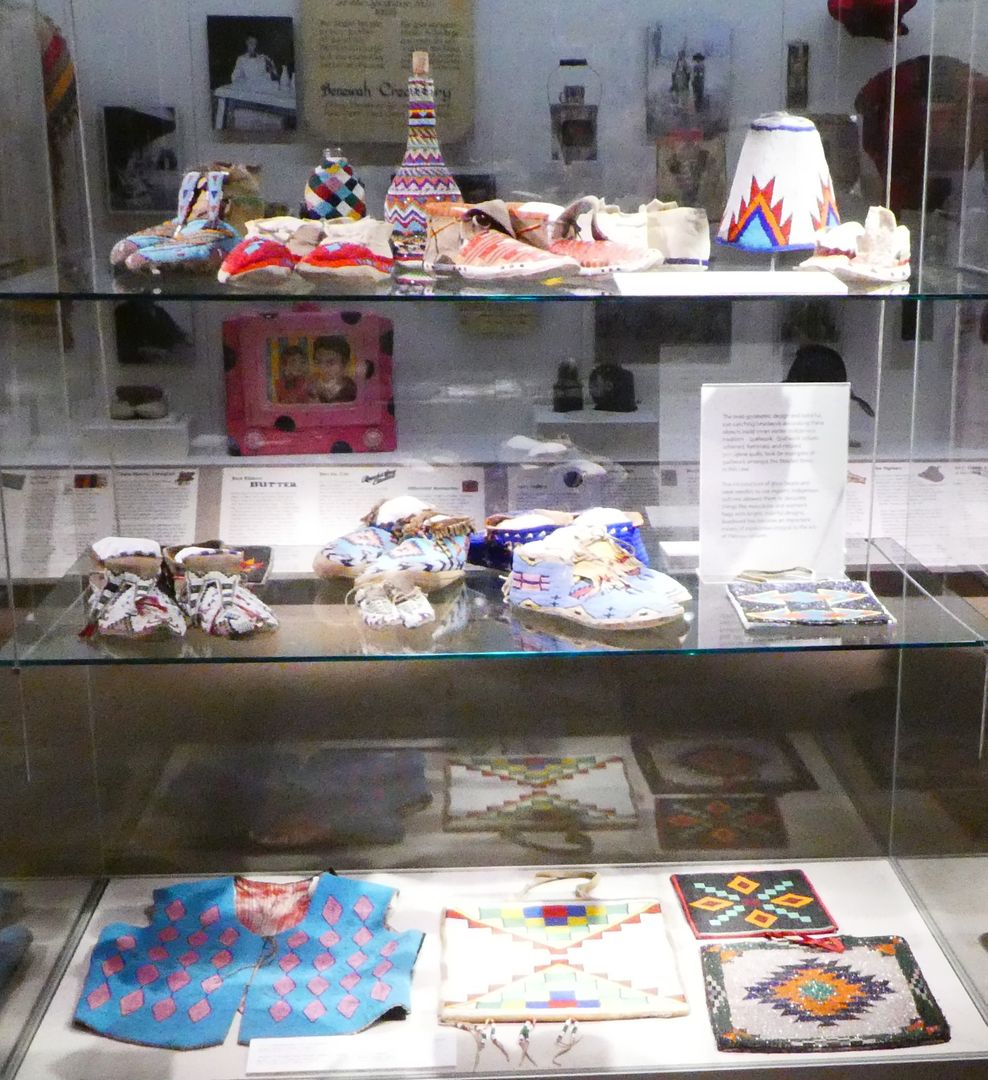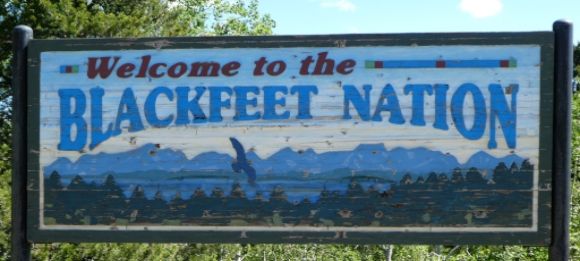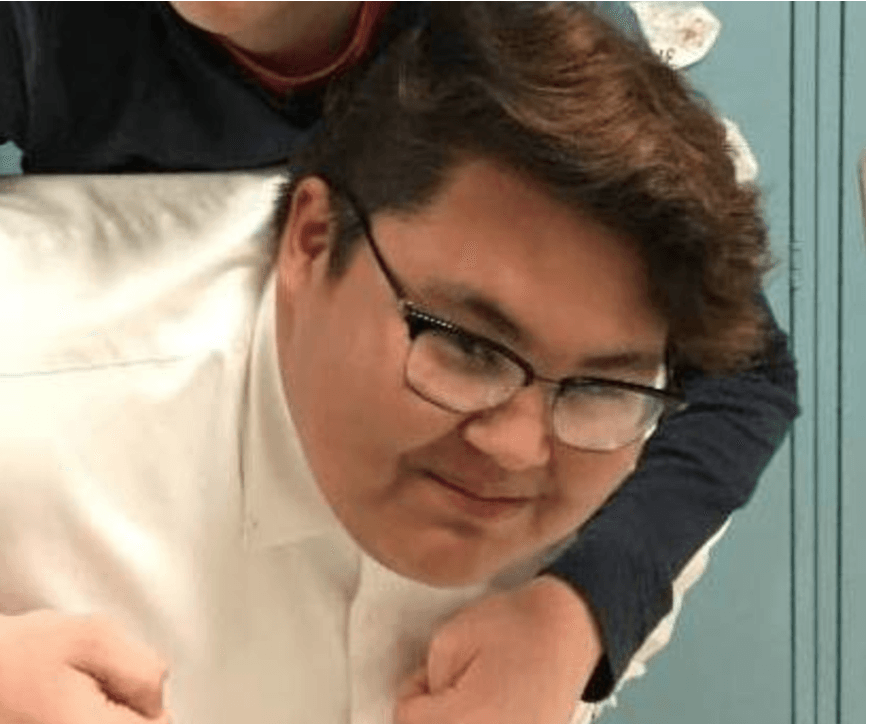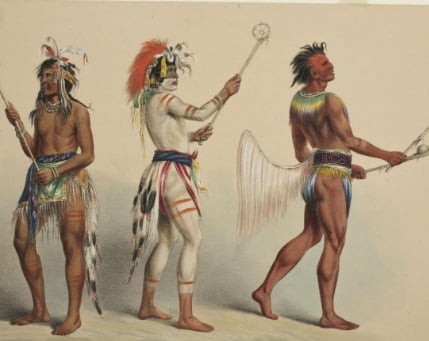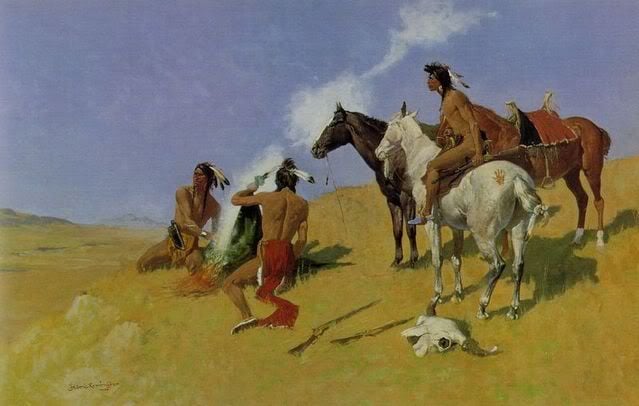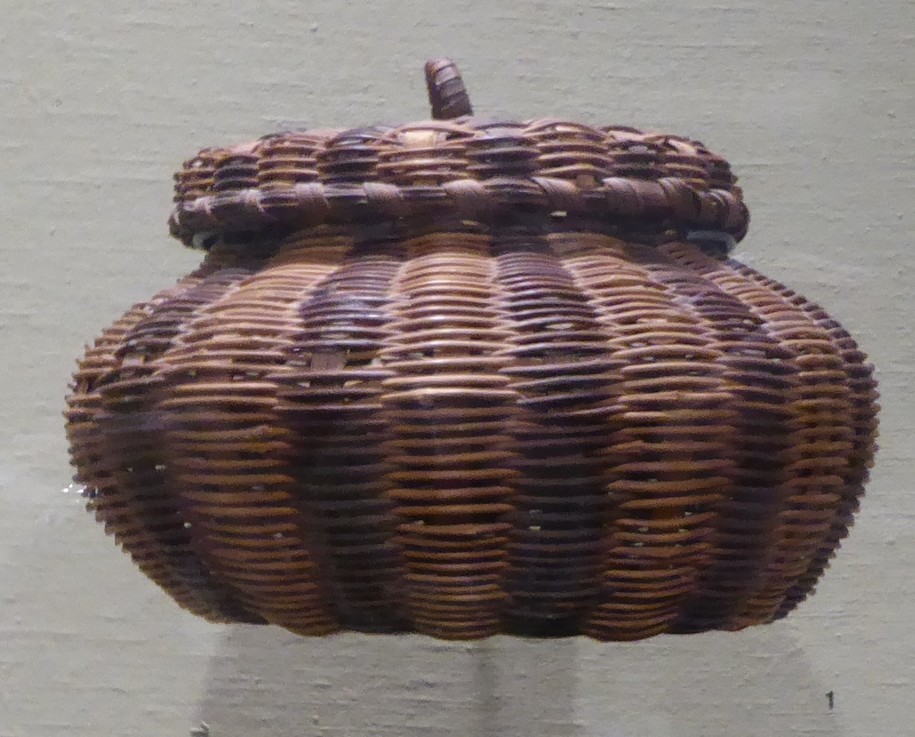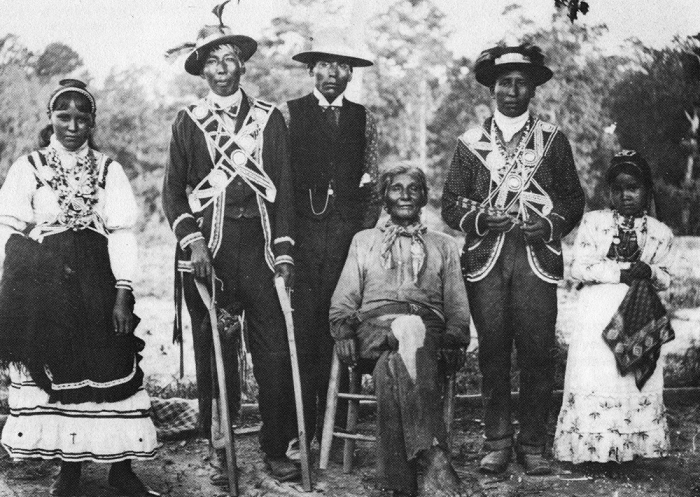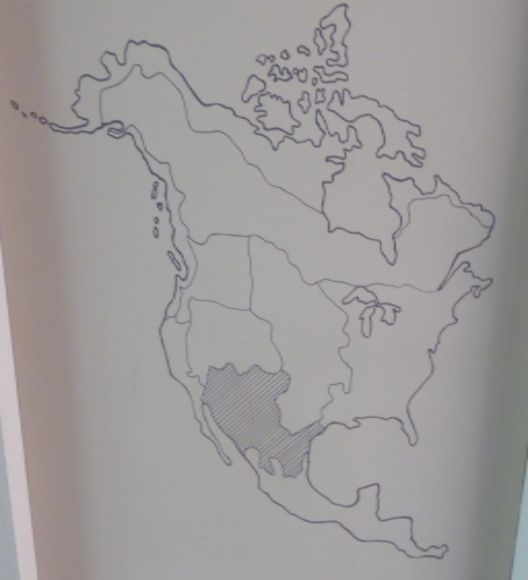A Display of American Indian Beadwork (Photo Diary)
One gallery in the Northwest Museum of Arts and Culture in Spokane, Washington, is dedicated to The Secret Life of an Artifact. This display provides a behind-the-scenes look at the museum collection and the science and creativity that goes in to preserving and interpreting artifacts. One of the displays in this gallery looked at American … Continued
